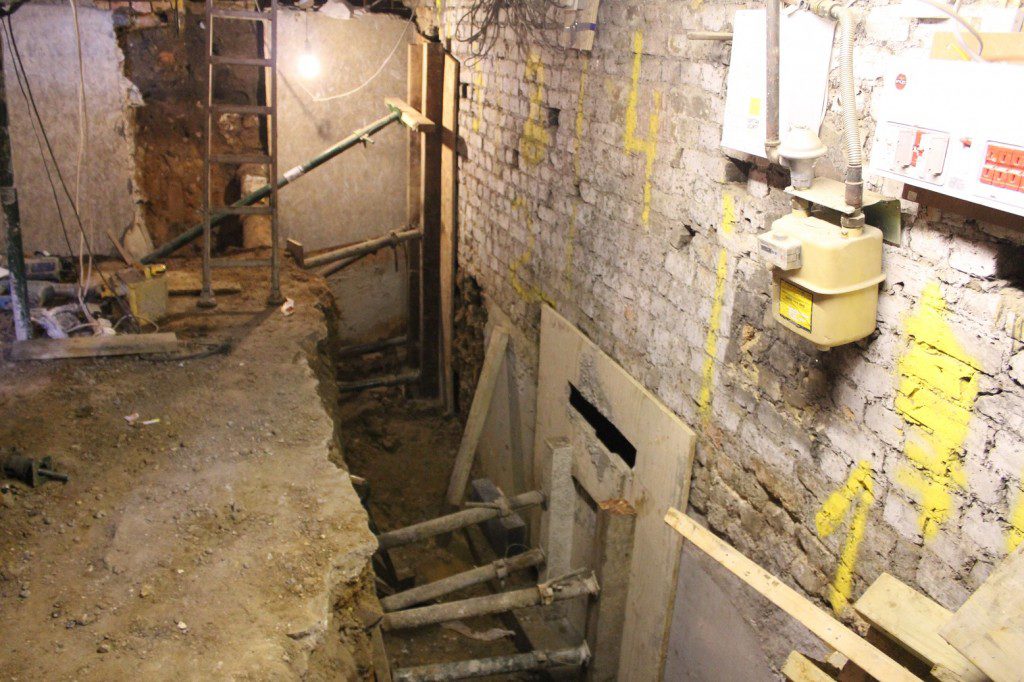Foundation types can have an enormous impact on how a home functions over time. Their job is to support loads, keep out moisture and soil from seeping into the building and prevent rotted wood.
Builders typically construct home foundations out of concrete, CMU blocks, wood or insulated concrete forms (ICFs). Each has its own set of advantages and disadvantages that must be considered before settling on one as their choice for building homes. Know more about Underpinning Melbourne.
Slab on Grade
Slab on grade foundations are one of the most prevalent concrete foundations used today, being laid directly onto the ground all at once to form an anchor for your home’s structure. They typically measure 4 to 6 inches thick and come reinforced with steel rebar.
Engineers often design foundations with drainage layers of gravel or porous fill, so water drains away quickly from the building without seeping into its foundations. To prevent cracking of slabs during construction, control joints will often be installed.
Slab foundations offer several advantages over basement ones in terms of affordability and speed of construction, such as bypassing procedures like creating crawl spaces or footings, which makes them wallet friendly and faster to construct. Plus, being directly on top of the earth means they avoid costs such as installing crawl spaces or footings; making these concrete slabs pocket friendly and quicker to construct than their counterparts. Moreover, their proximity to the earth means they provide better insulation that regulates temperatures more effectively; ideal for hot climate areas with less freezing/thawing cycles as freezing/thawing is not an issue; plus unlike basement foundations they don’t transmit heat through floors like other foundations can do – another plus point!
Individual Footings
Individual footings are concrete pads designed to transfer loads from building columns onto the soil surface, helping prevent excessive settlement and enhance stability of structures.
Strength and durability of foundations depend on their soil type, which should be tested using soil density tests or penetrometers. Silty soils tend to have lower bearing capacities while gravelly ones can handle greater pressure loads.
Stepped isolated footings feature wider bottom portions than the load-bearing walls they support, helping spread out building weight over a larger surface area and ensure greater stability. A combined footing has an expanded rectangular base that can support more columns than an isolated one.
If the loads transferred by footings are of extreme weight and allowable soil pressure is limited, continuous footings, commonly known as raft or strap footings, might be more efficient. When designing reinforcement details of such footings it’s important to keep in mind factors such as cover-to-reinforcement ratio, bending moment forces and shear forces as well as development length of reinforcements.
Crawl Space
Crawl space foundations consist of concrete walls that lift a home at least 18 inches off of the ground, creating an accessible area beneath for plumbing and electrical work. Such foundations must be professionally graded to prevent moisture issues in the soil.
Crawl spaces should include vapor barriers and vents to protect concrete from absorbing soil moisture, otherwise dampness can build up, leading to wood rot in floor joists as well as encouraging fungal and mold growth. Without adequate ventilation or protections in place, crawl spaces may quickly become damp with moisture accumulating underneath their floor surfaces, potentially leading to wood rot damage and leading to the development of mold and mildew growth.
Slab and crawl spaces both offer their own distinct set of benefits depending on the region in which a house is being constructed, so speaking to an experienced contractor in your region will be key in selecting an ideal foundation. When considering new construction homes, also take into account resale value as well as remodeling options; slab foundations tend to be less flexible in accommodating changes than crawl spaces.
Foundation Walls
Foundation walls provide support to the weight of a home while helping it resist lateral forces such as ground shifting or even seismic or wind pressure. Furthermore, foundation walls prevent structural movement or cracking from below-grade conditions.
Most residential foundations are constructed using concrete footings, as specified by prescriptive size tables in residential building codes for most typical conditions.
However, some homeowners opt for alternative foundation types such as pier and beam piling or rammed earth walls instead. These solutions may work better in specific conditions like flood-prone regions or on permafrost.
Most foundation wall systems require some form of waterproofing system in order to prevent moisture damage to foundation walls, which can contribute to cracking. Popular waterproofing options include sheet membranes or fluid-applied systems – typically thermoplastics, vulcanized rubbers and rubberized asphalts applied liquid form and then cured to produce one monolithic membrane thick enough to resist the migration of moisture laterally across it.

